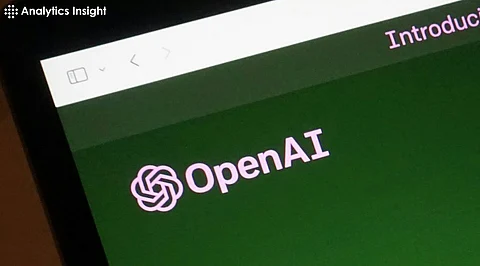

ChatGPT has become the most widely used artificial intelligence tool. As we gain a better understanding of the words and phrases that can and cannot be used when conversing with AI, these terms increasingly emerge, shaping the way people interact with AI. Let’s delve into this topic and discover what makes these words and phrases significant.
ChatGPT language analysis tries to decode natural human text generation using patterned data. To do this, the profile data that the model has been trained on comes from extensive sources such as human reading material, books, articles, and anywhere on the Internet. This AI conversation pattern makes the task easier and more streamlined. Here is the list of ChatGPT common phrases explained in detail.
ChatGPT uses several filler words to make conversations run smoothly and easily. Examples include "please," "thank you," "sure," and "okay" since they resemble the way people tend to share.
Greetings are just like all the commonly thrown words, 'hello,' 'hi,' and 'hey,' in the way they have come to be filled in responses produced by ChatGPT. Just as humans welcome others into the conversation with a simple greeting, ChatGPT does so with such phrases. This is similar to natural spoken words we see in customer service and AI follows it smartly.
ChatGPT primarily refers to the informant; thus, words like 'help,' 'answer, 'and others are often used in this representation. These stand for the assistance rendered by the AI in answering questions to clarify people's doubts.
Conjunctions and transitional words such as "and," "but," and many others make sentences smoother and more professional while reading. These conjunctions are highly important to the structure of the logical line of flow for ChatGPT answers.
ChatGPT follows corporate contexts; words such as "respectfully," "kindly," and others are likely to be used often in conversation.
The popular words used in chats on ChatGPT relate to time. The common ones are today, soon, always, and recently. Such words give the speaker context for temporal meaning, thereby indicating to the user whether what he or she is saying is current, past, or future-oriented.
ChatGPT's vocabulary tends to vary depending on the context. For example, in technical talk, one might find more references to words such as data, model, and algorithm. On the other hand, words such as story and create will dominate most creative-writer types of projects.
Though ChatGPT best understands and generates long, complex sentences, its ability to rely on common words makes the twist of such interactions seem authentic. These words build users' comfort and lead such conversations forward toward ease.
The above-mentioned ones are popular words in ChatGPT and play important roles worldwide. They make dialogues as pleasant, polite, and informative as possible. These include filler words such as greetings or even time expressions, which would add user engagement and reduce the user's distance.
